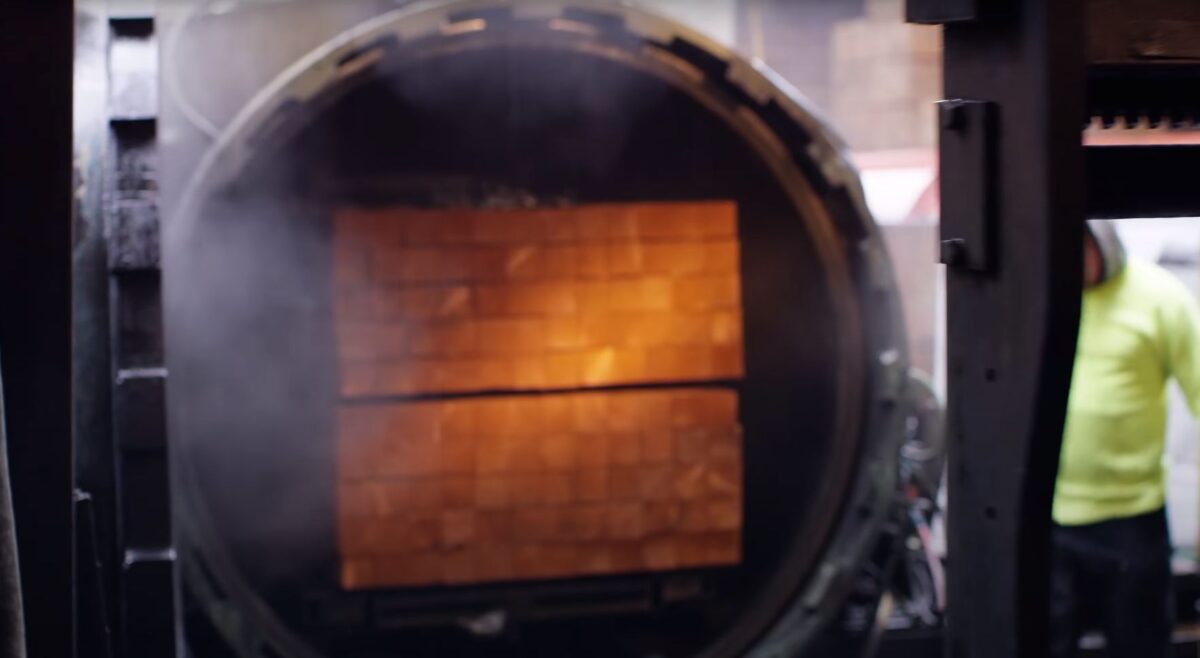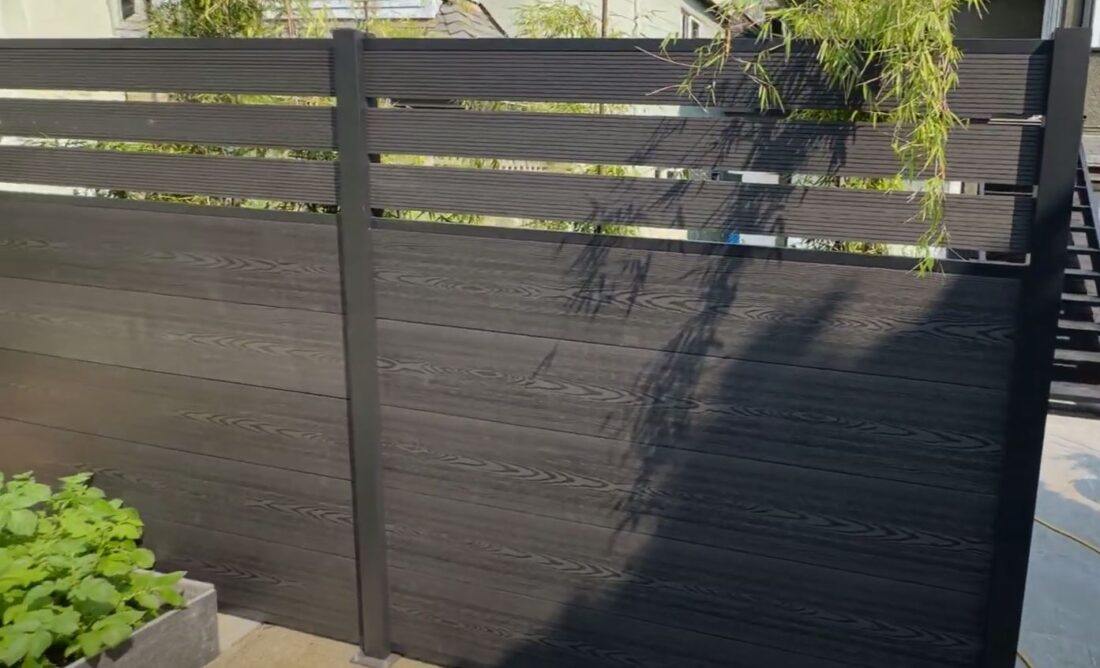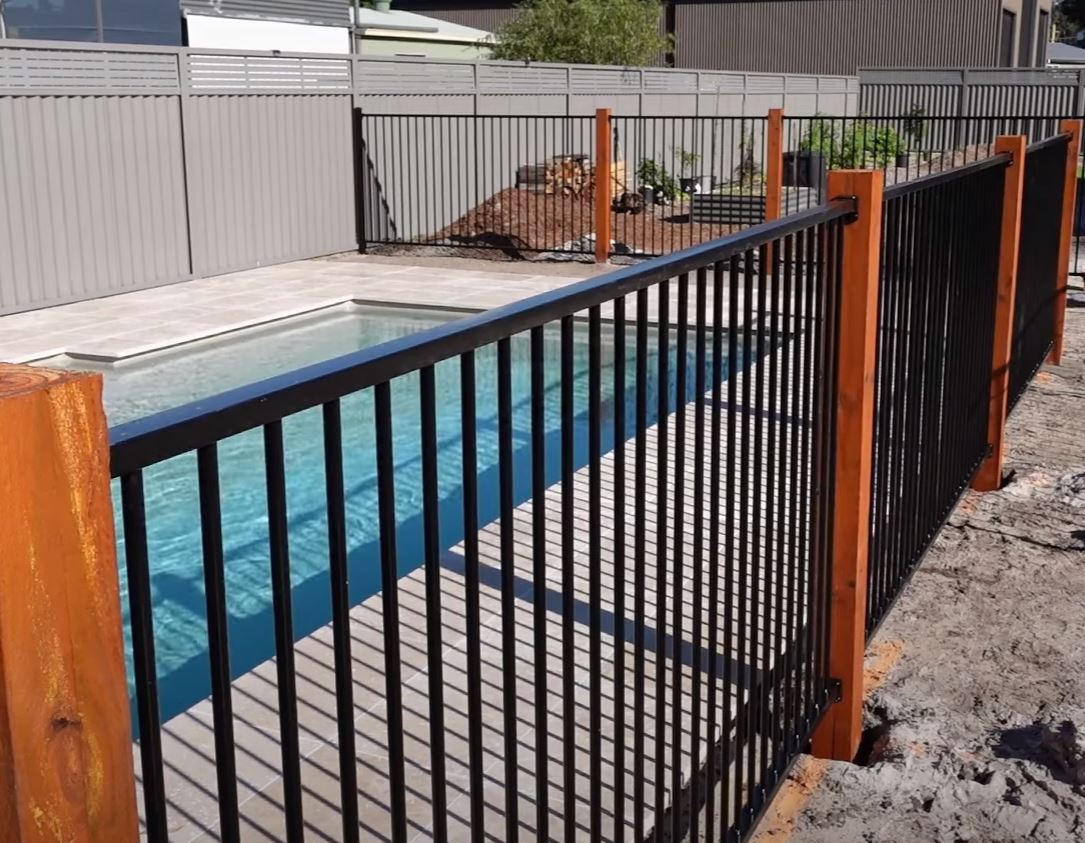Diving into Pressure-Treated Timber
Timber has been a go-to material for construction for ages. The natural allure and structural integrity it offers are unparalleled. However, to combat the susceptibilities of wood like decay, insects, and fungi, pressure-treated timber has emerged as a favoured choice in places like Auckland.
The Science Behind Pressure-Treated Timber
Pressure-treated timber undergoes a specialised process wherein the wood is infused with chemical preservatives. This is done under high pressure, ensuring these chemicals penetrate deep into the timber. This treatment significantly enhances the wood’s resistance against rot, pests, and even some weather elements, giving it a longevity that untreated timber can’t match.
Why Choose Pressure-Treated Timber for Fencing?
When considering fencing options in suburbs like Mount Eden, where the weather can be a mixed bag, the durability and resistance of pressure-treated timber make it a standout choice. This type of timber stands tall, resisting moisture-induced rot, and warding off local pests that often plague wood structures.
Health and Safety: Handling and Using Pressure-Treated Timber
While the chemicals used in pressure treatment boost wood’s longevity, they also introduce certain health considerations:
- Handling with Care: Always wear gloves when handling pressure-treated wood. After working, wash your hands thoroughly.
- Cutting and Crafting: When sawing or sanding, ensure the area is well-ventilated. Wearing a dust mask is recommended.
- Disposal: Don’t burn pressure-treated wood. The chemicals can release harmful toxins when combusted.
Other Fencing Options in Auckland
While pressure-treated timber has its merits, Auckland’s diverse neighbourhoods, like the coastal charm of Devonport, might demand different aesthetics or functionalities. Here are some popular alternatives:
- Vinyl Fencing: Low maintenance and available in various styles.
- Aluminium Fencing: Lightweight, rust-resistant, and often used for pool enclosures.
- Bamboo Fencing: A sustainable option with a unique aesthetic.
- Composite Fencing: A mix of wood fibres and plastic, offering the look of wood without extensive maintenance.
Choosing the Right Fence for Your Auckland Property
Whether it’s the aesthetics, durability, or maintenance considerations, every fencing material has its unique offerings. Collaborating with experts, such as Quality Fencing Auckland, can guide homeowners to the best choice tailored to their specific needs and the unique demands of Auckland’s varied locales.
Comparison of Fencing Options
| Fencing Material | Pros | Cons |
| Pressure-Treated Timber | Highly durable, pest-resistant, natural look | Requires some maintenance, chemical considerations |
| Vinyl | Low maintenance, versatile designs | Can be more expensive, less natural appearance |
| Aluminium | Lightweight, rust-resistant | Might not offer much privacy |
| Bamboo | Eco-friendly, unique aesthetic | Might require more upkeep in humid conditions |
| Composite | Durable, varied designs | Can be pricier, heavier than natural wood |
When making a fencing decision, it’s essential to weigh these pros and cons, keeping in mind the specific demands of the Auckland environment and individual property needs. Investing in the right fence is not just about marking boundaries; it’s about enhancing property value, aesthetics, and functionality.
Essential Questions on Pressure-Treated Timber and Fencing
What exactly is pressure-treated timber?
Pressure-treated timber is wood that has been infused with chemical preservatives under high pressure, enhancing its resistance to decay, pests, and some weather elements.
How does pressure treatment extend the life of timber?
The chemicals introduced during the pressure treatment process protect the wood from rot, insects, and fungal decay, ensuring longevity beyond untreated timber.
Is pressure-treated timber safe for use in homes?
Yes, when used and handled correctly. It’s essential to follow safety guidelines, like wearing gloves during handling and not burning the wood.
How often does pressure-treated timber fencing need maintenance?
While it’s more resistant to decay and pests, it’s still advisable to inspect and clean your fence annually and re-seal or paint every 2-3 years.
Can I paint or stain pressure-treated wood?
Yes, but it’s essential to ensure the timber is fully dry before applying paint or stain, which can take several weeks to months.
How does pressure-treated timber fare in Auckland’s weather?
Given Auckland’s varied weather, pressure-treated timber’s resistance to moisture-induced rot and pests makes it an excellent choice for areas like Mount Roskill.
Are there specific health concerns related to the chemicals in pressure-treated timber?
While the chemicals enhance durability, direct and prolonged contact should be avoided. Always wash hands after handling, and never burn the wood.
How does pressure-treated timber compare in cost to other fencing materials?
Pressure-treated timber is generally more affordable than options like vinyl or composite but might come with added maintenance costs over time.
Is pressure-treated wood eco-friendly?
The treatment process uses chemicals, but the long lifespan of pressure-treated timber reduces the frequency of replacements, making it a more sustainable option in the long run.
Which fencing option is the most durable?
While materials like aluminium or composite boast high durability, pressure-treated timber, with its resistance features, holds its own in longevity.
What are the main advantages of using bamboo or composite for fencing?
Bamboo offers a unique aesthetic and is eco-friendly, while composite provides the look of wood with reduced maintenance demands.
How do I decide on the best fencing option for my Auckland property?
Consider factors like aesthetics, durability, maintenance, and cost. Collaborating with experts, such as Quality Fencing Auckland, can also offer tailored guidance.
Why is local knowledge crucial for fencing in Auckland?
Auckland’s unique climate and neighbourhood characteristics, from the coastal vibes of Devonport to the urban setting of Mount Roskill, require specialised knowledge for optimal fencing solutions.
What’s the best way to maintain the aesthetics of my fence over the years?
Regular cleaning, occasional repainting or resealing, and addressing any damage promptly will ensure your fence remains in peak condition.
Critical Insights on Pressure-Treated Timber Fencing
A Revolution in Timber Treatment
Pressure-treated timber undergoes a special infusion process, enhancing its natural durability against decay, pests, and weather elements.
Safety First
Although pressure-treated timber is robust and durable, it’s crucial to handle it with care, considering the chemical preservatives used in its treatment.
Auckland’s Varied Climate
Given the diverse weather in suburbs like Mount Roskill and Devonport, pressure-treated timber emerges as a resilient choice, resistant to local environmental challenges.
Comparison with Alternatives
While pressure-treated timber boasts numerous advantages, Aucklanders have a plethora of options like vinyl, aluminium, bamboo, and composite, each with its unique set of merits.
Collaboration is Key
Seeking expert guidance, like that from Quality Fencing Auckland, ensures homeowners select the best fencing material tailored to Auckland’s specific demands and their individual preferences.



